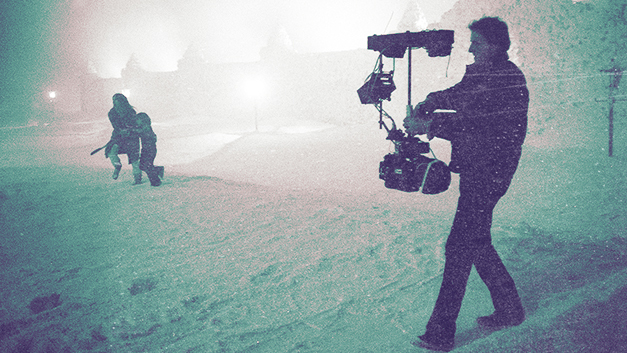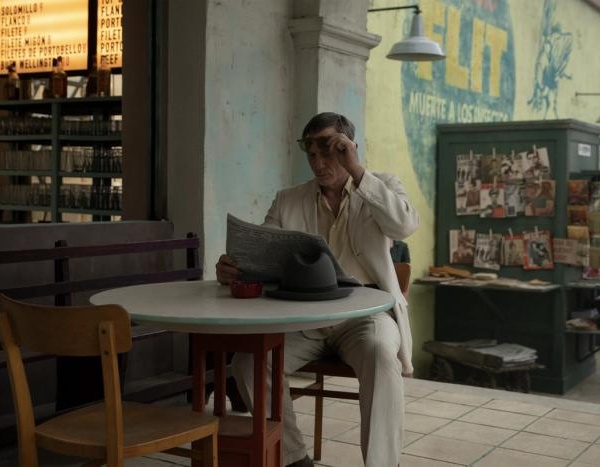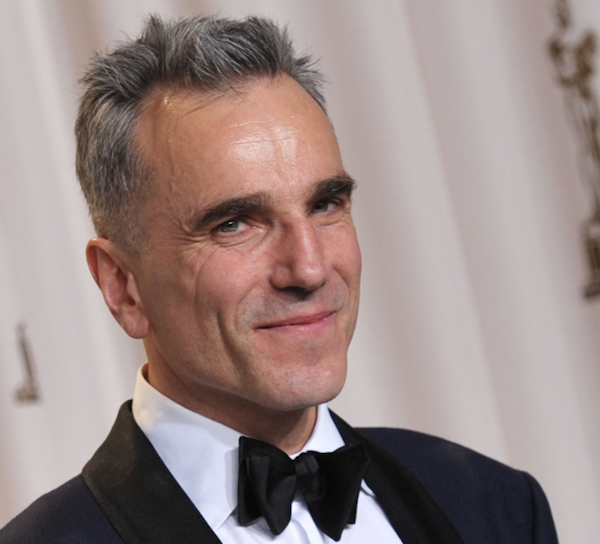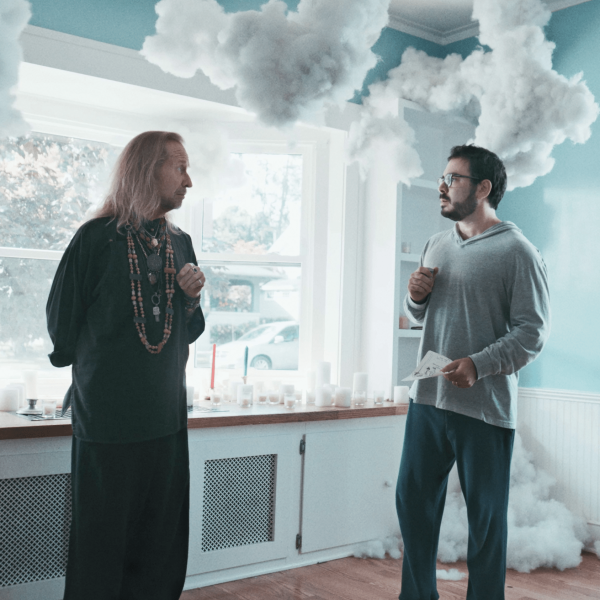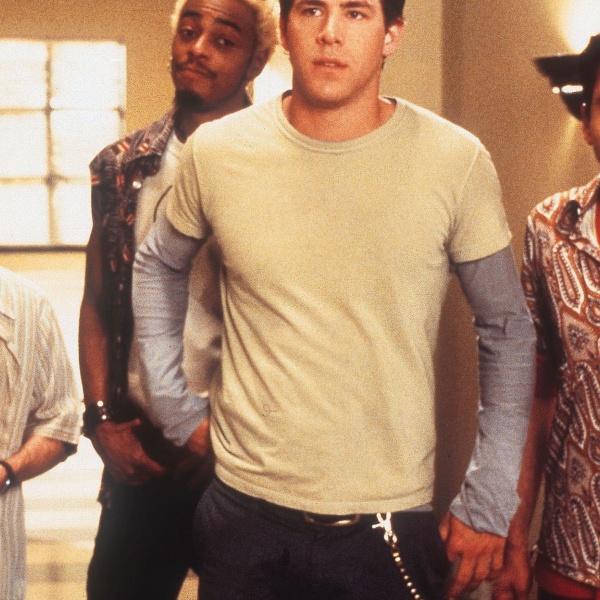
The evolution of cinematic language in the 1980s was, in large part, due to an invention born in the 1970s.
In the late ’60s and early ’70s, “New Hollywood” looked to challenge the audience, nudging studio filmmaking away from strict adherence to classical storytelling conventions. They embraced a looser approach to narrative that was matched by a rough-around-the-edges filmmaking style, in which a premium was put on “realism.” Directors and cinematographers embraced a grainy, unglamorous look, trading in the locked-down cameras and studio cranes for a more handheld approach to shooting on location.
From his perch in Philadelphia, budding filmmaker Garrett Brown loved the visceral immediacy that filmmakers of his generation, like Martin Scorsese, were injecting into Hollywood films. As a camera operator himself, that instinct to grab the camera and be in the middle of the action was not only strong but “helluva a lot of fun.” But there was one tenet of the ’70s filmmaking philosophy Brown called bullshit on: There is nothing realistic about handheld camera movement.
“You do not see the way it looks like with handheld, that’s not how we experience the world,” said Brown in a 2016 interview with IndieWire that was re-published this week on the Filmmaker Toolkit podcast as part of ’80s Week. “Our view of the world is never off level because our eyes automatically do that.”
When humans travel through space — running, driving down a bumpy road, or simply walking across a room — our heads move a great deal, bobbing up and down, not unlike how a camera mounted to the shoulder shakes with each step a cameraperson takes. To Brown’s point, the key difference between the two is our eyes and brain work in tandem as a great stabilizer, so our perception of the world remains relatively level despite how much our heads actually move.
“Why should your actors see each other with more stability than the audience sees them?” argued Brown. “In some cases, that’s an atrocity committed by the filmmaker for expedient purposes.”
A self-taught filmmaker, who started his own production company making shorts for “Sesame Street” and shooting commercials, Brown was spurred to invent the Steadicam out of his own frustration in trying to create smooth camera movement in his own work. After purchasing a cumbersome 800-pound dolly that made his floors creak, Brown started to tinker with building a stabilizing device that disembodied the camera from the natural shakiness of the human holding it but still allowed for craft in operating.
Crude early versions of the Steadicam were made of plumbing pipe, and early test footage had a home movie feel, featuring scenes of backyard grilling, swimming pools, running through a grassy field, and Brown’s girlfriend (and future wife) Ellen, bounding around corners and up hills. With each new iteration, Brown’s invention produced increasingly better results.
“From Philadelphia looking way across the horizon at the movie business, I saw stuff that had never been seen,” said Brown of this later test footage, “and that’s a very intoxicating thing.”
Brown put together a reel he dubbed “30 Impossible Shots,” the most memorable of which features Ellen running up the steep Philadelphia Art Museum stairs, not unlike what Brown would later capture Sylvester Stallone doing in the “Rocky” training montage a few years later.
The reel went viral, or at least the mid-’70s version of viral, as it made it into the hands of anybody who was anybody in the movie business and generated enough buzz that Brown and his invention landed three plum gigs. His first assignment would be an elaborate Haskell Wexler-designed oner through 900 extras in Hal Ashby’s “Bound for Glory” (Oscar winner for Best Cinematography) before being more fully integrated into the production of “Rocky” (Oscar winner for Best Picture) and “Marathon Man,” shot by Conrad Hall, arguably the most respected cinematographer working in Hollywood at the time.
Considering the impact “30 Impossible Shots” made and the caliber of films and filmmakers willing to be the first to try the Steadicam, Brown was disappointed by the lack of demand.
“My idea that the phone would ring off the hook and that I would work every day wasn’t true,” said Brown. “It turns out that something new is embraced by really bold people, and most of the other people, the raggedy-ass rest of them, sit back and wait to see.”
One of the bold visionaries who instantly saw the potential of the Steadicam was Stanley Kubrick. Kubrick was obsessed with the stability of the image and the mathematical procession of his perfectly balanced compositions — a combination that becomes far harder to achieve when the camera is moving, which was precisely how Kubrick envisioned the new film he was prepping, “The Shining.”

In a telex, Kubrick wrote Brown that the Steadicam would “revolutionize the way films are shot” and to count on him as a future customer. Hoping the Steadicam could enable him to trail 6-year-old Danny riding his Big Wheel through the halls of the Overlook Hotel, Kubrick concluded his telex with the question, “Is there a minimum height at which it can be used?”
Brown quickly got to work on inventing “low-mode,” the first of many innovations and advancements sparked by his year-long collaboration with Kubrick.
Brown still hadn’t shaken the feeling, dating back to “Bound for Glory,” that he was an imposter amongst the world of top professionals he was looking to work alongside. That uneasy feeling was intensified when he arrived on the set of “The Shining” to discover Kubrick had already built an elaborate and expensive alternative to the Steadicam.
“I showed up and there is this Citroën 2CV [small French car] stripped down with no engine, no running gear, no nothing except the four wheels, that amazing suspension [and] a black wooden platform,” said Brown, who quickly asked the crew, “‘Uh-huh, what is that for?
The concept was the grips would push the stripped-down car like an enormous dolly, with the car’s suspension system acting as a kind of stabilizer. The results from the early tests were dreadful, which Brown could have predicted.

“You cannot build a large set and make it dolly quality. It cannot be done,” explained Brown. “When you lay a dolly shot that has to be smooth, it often [requires] layers of very precise plywood or rails, and if you’re looking straight ahead [like Kubrick wanted], you will see the rails [and] plywood [in the shot].”
That Kubrick went to such lengths with the stripped-down car dolly contingency signaled to Brown how unbending the director would be in achieving the “faux 3D” effect of these long, smooth camera movements, with the camera pointed straight ahead with a perfect dead-centered composition. But nothing truly prepares a Kubrick virgin for doing 45 to 50 takes of the same shot.
Brown recalled the repetitive routine. Shoot for three minutes, watch playback for three minutes, and then debate what was the center of frame. “If we are literally to be centered on everything, ‘Well then the cross-hair has to be on Shelly [Duvall]’s nose,’ or whatever,” recalled Brown of the discussions.
While Brown was dismissive of how much actually improved after, say, take 14, the repetition turned “The Shining” into Brown’s “masterclass”: “It’s like doing an entire season of a Broadway show in an afternoon where every time you do this dance number, you learn something.”
Kubrick’s films operated in a bubble, removed from the normal film production constraints in which time means money, as a planned six-month gig for Brown turned into a full year, supplying the rare luxury of a real-world shooting environment in which to learn and develop the craft of his invention.
“With every take, you learn some infinitesimal thing, and then you get to try it again, and that was thrilling to me,” said Brown. “I would learn that I can actually turn my body halfway, scrape closer to this wall, this foot can actually be over there, I can go faster here, and slower there.”

Prior to “The Shining,” Brown had achieved a number of shots Hollywood had never seen before, but this would be the first film with an entire visual language rooted in the possibilities of the Steadicam. But what made “The Shining” such a turning point wasn’t necessarily the film, but what Brown took from the experience and how it spurred him to start training other operators. “The Shining” hit theaters in May 1980, and by the middle of the decade, a fleet of operators was collaborating with directors like David Lynch (Dan Keene), James Cameron (James Muro), and Martin Scorsese and Brian De Palma (Larry McConkey) to continue to innovate with the Steadicam.
Brown himself would continue as an operator throughout the decade, most notably with Steven Spielberg, but he relished his role as a teacher. There are few cinematographers and operators worth their salt who haven’t traveled to Philly to get Brown’s sage insight or take part in one of his training programs.
But the real thrill for Brown was watching directors like De Palma and Scorsese integrate his tool into their distinct brand of cinema.
“With Scorsese and De Palma,” said Brown, “you started to see things in those early films that suggest not only a particular shot but a particular feeling.”
The way those ’70s directors, who used movement to elicit raw emotion, learned to elevate and expand their work with the Steadicam so that it didn’t jar the audience out of their connection with what was on screen was one of many tangible ways to see the imprint of how Brown changed filmmaking for the better.
